The Community of Saint Martin draws on the many riches of the Church for the spiritual life of its members. Its ‘spirituality’ and charism are nourished by several legacies passed on during training in Évron and lived out through a lifestyle that is reflected in the community’s ‘customary’ practices.
In keeping with the long liturgical tradition of the Church, the priests of the Community of Saint Martin celebrate Mass and the Liturgy of the Hours according to the liturgical books resulting from the liturgical reform initiated by the Second Vatican Council and implemented by Pope Saint Paul VI.
Liturgical life is at the heart of the life of the Church, and therefore of the Community of Saint Martin, which attaches particular importance to it, both in the House of Formation and in local communities: community Mass, celebration of Lauds and Vespers, Eucharistic adoration, and observance of the liturgical year.
The whole mystery of God is contained in the mystery of Christ, and the whole mystery of Christ is contained in the mystery of the Eucharist.
Everything that priests have received during their training, they seek to pass on to the faithful entrusted to them, to enable them to participate ever more consciously, actively and fruitfully in liturgical life, according to the expression coined by Pope Saint Pius X and taken up by the Second Vatican Council (Sacrosanctum Concilium, nos. 36 and 116).
Community liturgical life draws on the Benedictine heritage, particularly in three areas:
From the outset, the Community placed itself under the patronage of Saint Martin of Tours (316-397). Both intercessor and model, it draws on several aspects of this evangelist:
In the life of Saint Martin, charity unfolds through three ‘charities’:
CHARITAS
The Community of Saint Martin is inspired by a profound priestly spirituality, which has been emphasised by contemporary popes, particularly since the second half of the 20th century, with some particularly significant texts, such as the decree Presbyterorum Ordinis of the Second Vatican Council and the apostolic exhortation Pastores dabo vobis by Saint John Paul II.
Sanctifying themselves in and through their ministry in the service of the faithful, priests seek to live their priesthood in a spirit of consecration and nourish themselves in their spiritual life centred on the Eucharist. The wearing of the cassock is one of the signs of the state of life to which they are called by vocation and in which they are placed by ordination, in view of their mission.
The spirituality of the priest consists mainly in a deep relationship of friendship with Christ, who calls him to come to him.
Directory for the Ministry and Life of Priests
The French School of Spirituality has had a particular influence on the history of the Community and the formation and lives of its members. In the great priestly figures of the 17th century, such as Cardinal Pierre de Bérulle, Jean-Jacques Olier, Saint Vincent de Paul and many others, it finds teachers and examples, emphasising the priesthood of Christ as Mediator between God and men in the gift of himself, and the call of priests to imitate him.
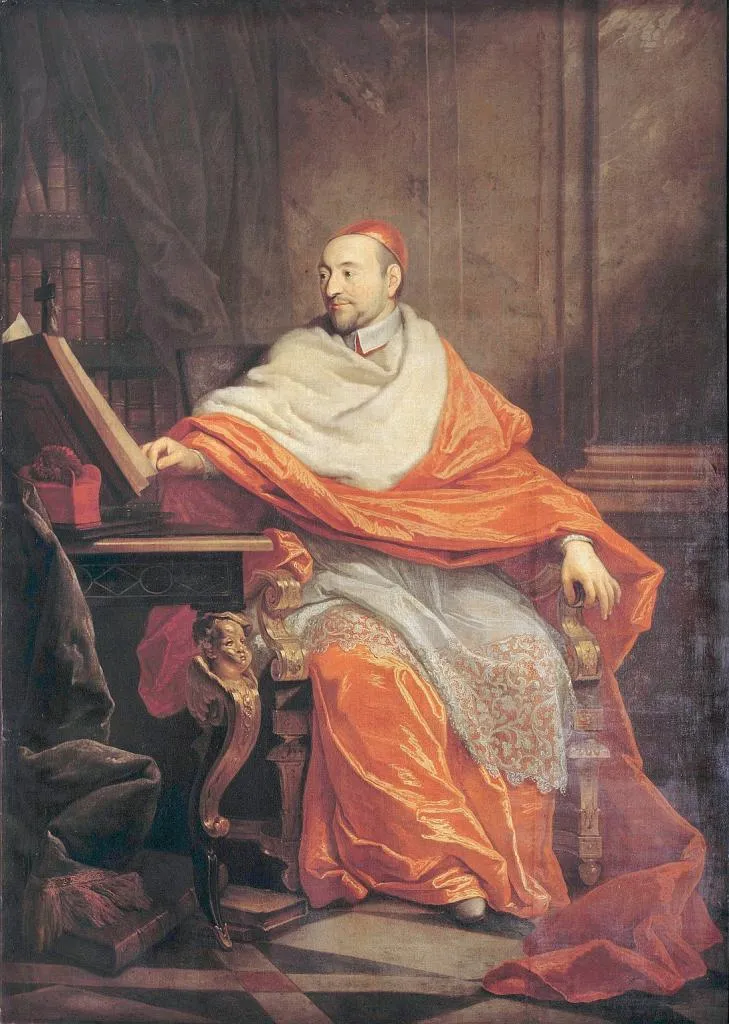
Founder of the Oratory
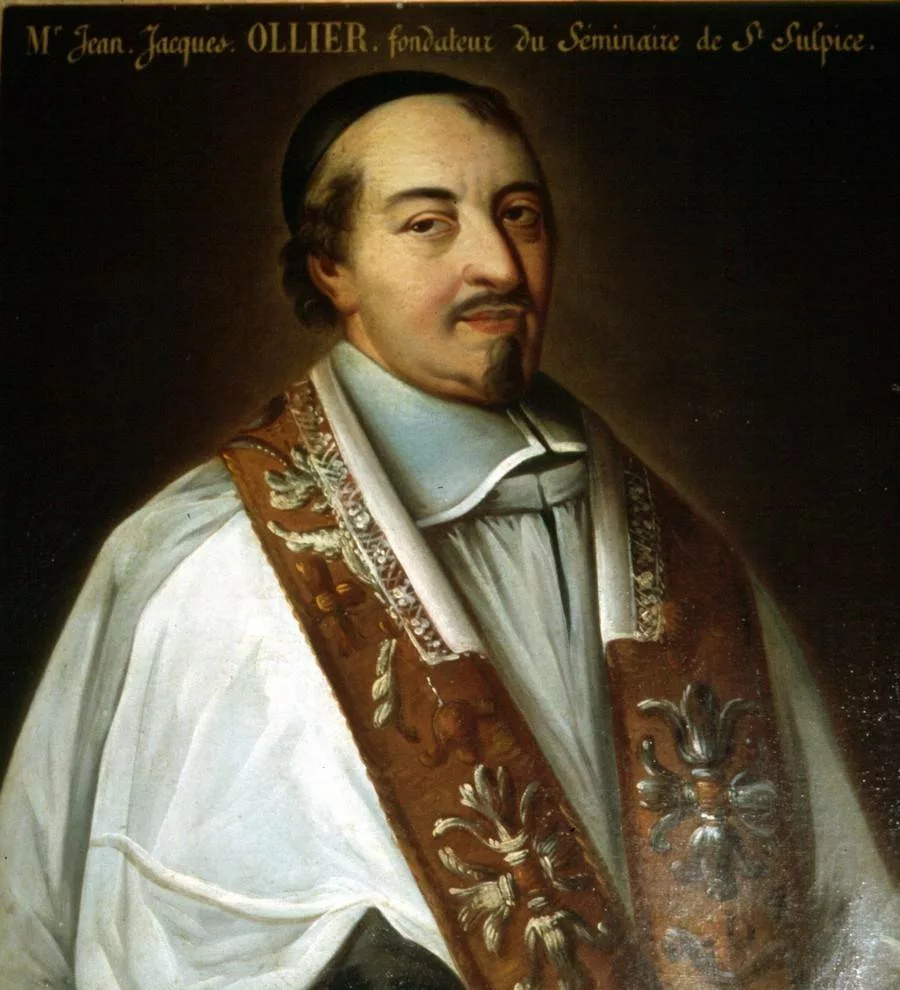
Founder of the Society of the Priests of Saint Sulpice
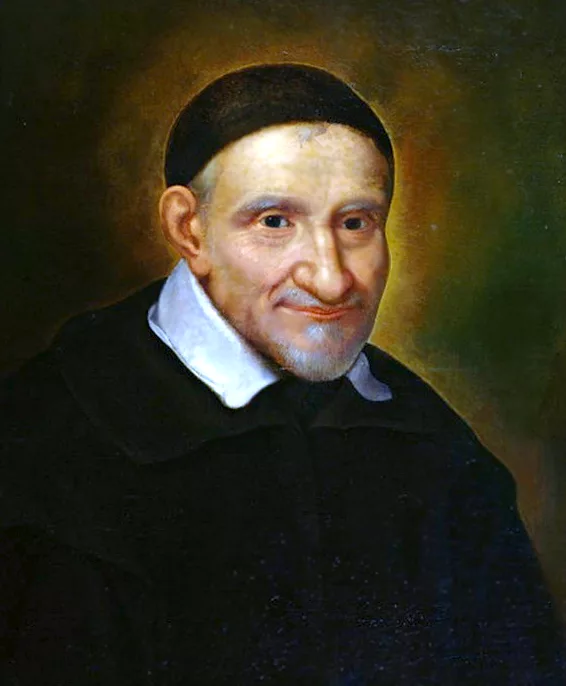
Founder of the Lazarists and the Daughters of Charity
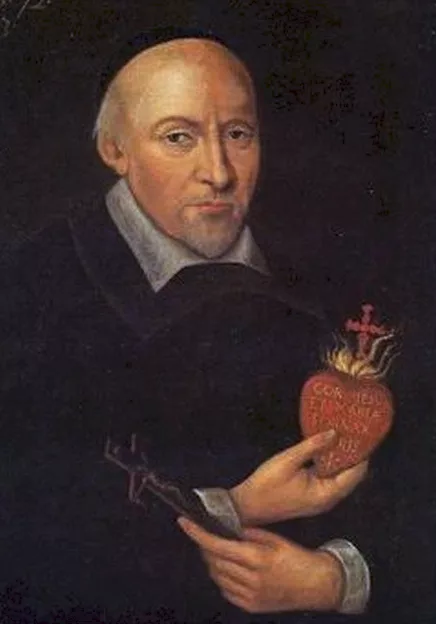
Founder of the Congregation of Jesus and Mary
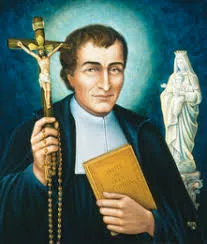
Founder of the Montfortians and the Daughters of Wisdom
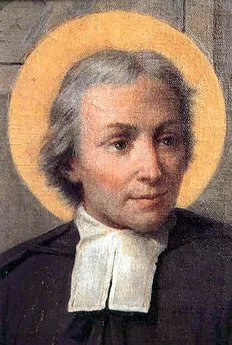
Founder of the Institute of the Brothers of the Christian Schools
Inspired by the many forms of communal life that have structured the life of the clergy throughout the centuries, such as monastic life, canonical life, or the style of priestly societies of the modern era, the communal life of the priests of the Community is based on the ‘sacramental fraternity’ born of ordination. Community life is oriented towards mission because it is precisely a priestly community life.
‘Mobility’ is also part of the charism of the Community of Saint Martin. Its members constitute a ‘mobile body’ at the service of the bishops. This is based not only on practical and functional reasons, but also on the service of the universal Church, for which the Community exists.
The spirituality that animates the members of the Community is that of an ‘itinerant communion’ (Pope Francis, The Joy of the Gospel), which leads them to leave their homes to follow Christ wherever he goes on mission.